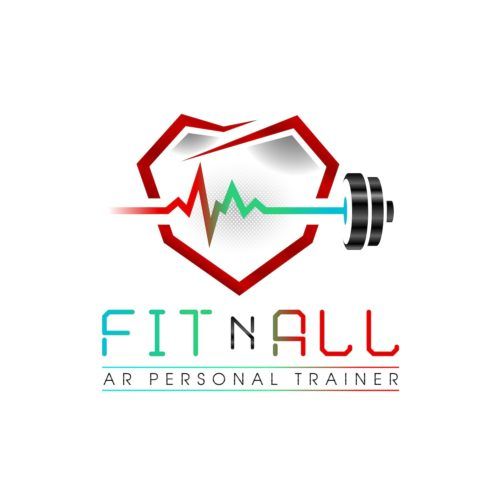Strength training is an essential component of any fitness routine. It not only improves and develops muscle mass and strength but enhances bone density, accelerates your metabolism, keeps your brain and heart healthier, increases confidence, and helps you release stress too. Despite that it provides numerous benefits, it comes with numerous misconceptions. Being so important, it’s worth pointing out the most common misconceptions women make about lifting weights. Let’s break it down.
Strength Training Makes You Bulky
This is something many women worry about because they don’t want to have bulky muscles but just want to get toned or lose weight. In fact, strength training can be a more effective tool to lose weight as long as you are within the right caloric range.
Doctors such as Dr. Zachary F Solomon, MD have been banging the drum for a long time about the efficacy of strength training in relation to losing weight. The fact is, if you want to be more muscular, strength training can help you achieve that but you’ve got to eat a phenomenal amount of calories and lift heavy.
You Should Start Lifting Heavy
It makes logical sense to lift heavy weights in order to get stronger, but the problem in doing this is that if you are lifting too much too soon or with improper form, this can result in injuries further down the line. To ensure that you are gradually developing your strength, you should embrace the concept of progressive overload.
Progressive overload is a strength-training principle, where you increase the resistance little by little. This means that if you are doing shoulder presses with 15-lb weights through three sets of 10, you should increase your training by 5% next time. You can either increase the weight by 5%, increase the number of sets, or increase the number of repetitions.
It’s critical to be aware of how your body feels. If you end up doing too much, you are going to be overreaching. This can lead to injuries or potentially overtraining a few months down the line. There is a notable difference between the two, but they are commonly lumped together. Most people overreach when they start strength training rather than overtrain – but both are damaging to your body.
You Lose Flexibility When Lifting Weights
Another common misconception women make about lifting weights is to think that they’ll lose flexibility. It makes sense to think that because you may equate building muscle with getting big and stiff. However, increasing muscle mass or strength doesn’t have to result in loss of flexibility.
In actuality, strength training can be a great way to improve your flexibility and range of motion. There are certain exercises that help you to do just that. Focus on compound movements like squats, deadlifts, and more complex movements like the clean and jerk.
It’s important to know that losing flexibility takes place when you neglect stretching regularly, not when you strength train. In fact, you can lose flexibility by just running if you avoid stretching. Other reasons leading to flexibility loss are reduction in the fluid within the joints (synovial fluid), muscle tightening, deterioration in cartilage, ligaments, tendons, and injuries.
You Can Hurt Yourself by Lifting Weights
The risk of injury takes place as soon as you get out of bed. Yes, you can fall in the bathtub or get run over by car. But you can’t live in fear. In reality, you can hurt yourself by lifting weights only when you overtrain, are careless, don’t know how to use gym equipment properly or push it too far. Just follow simple tips to avoid injury and you’ll be fine.
Now that you know the most common misconceptions women make about lifting weights, you can get fitter and healthier without having to fear injury, flexibility loss, or the prospect of becoming bulky. Remember all the benefits associated with strength training and gradually tailor your workouts to your fitness goals.
To a Fitter Healthier You,
The Fitness Wellness Mentor



